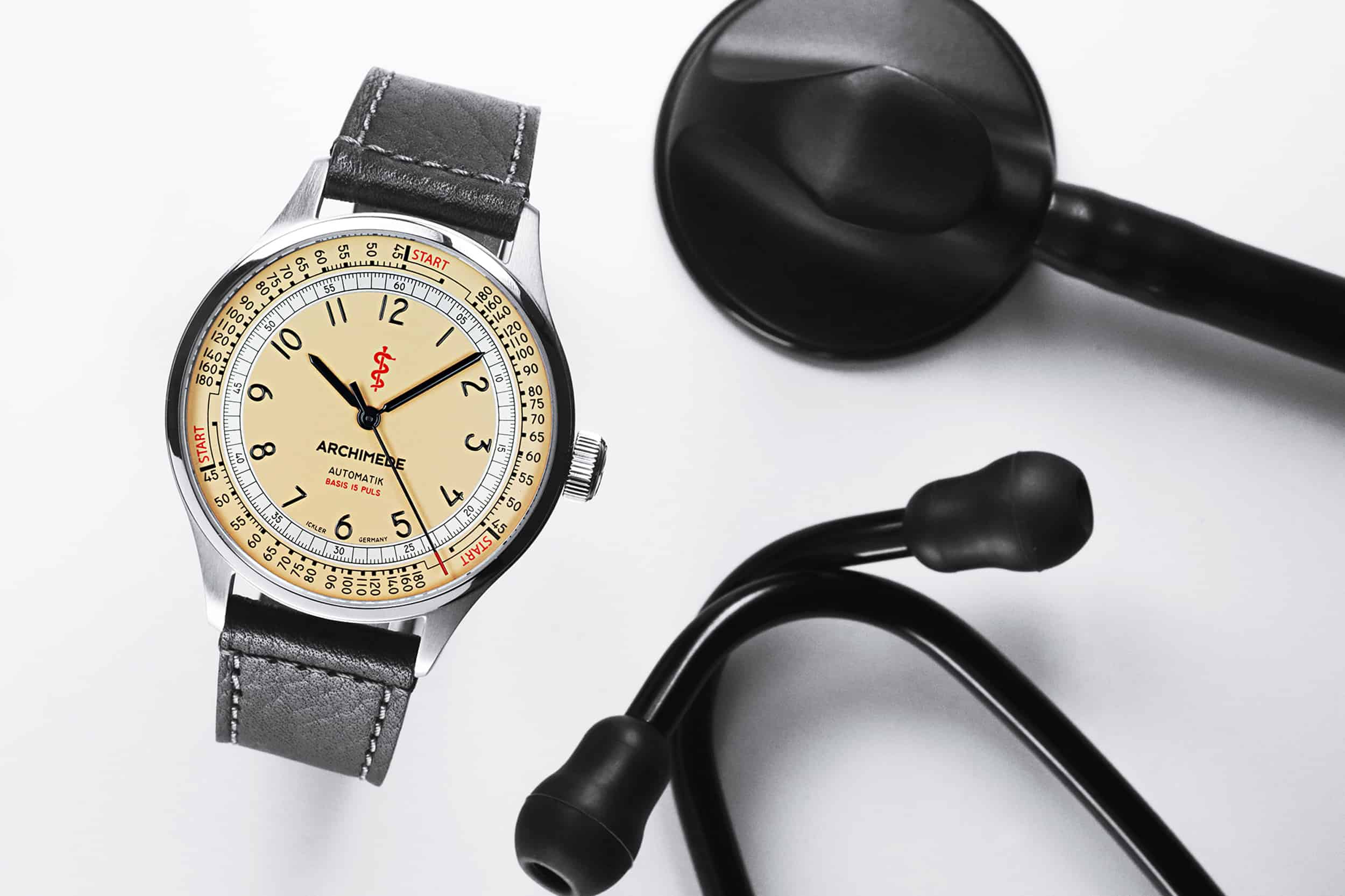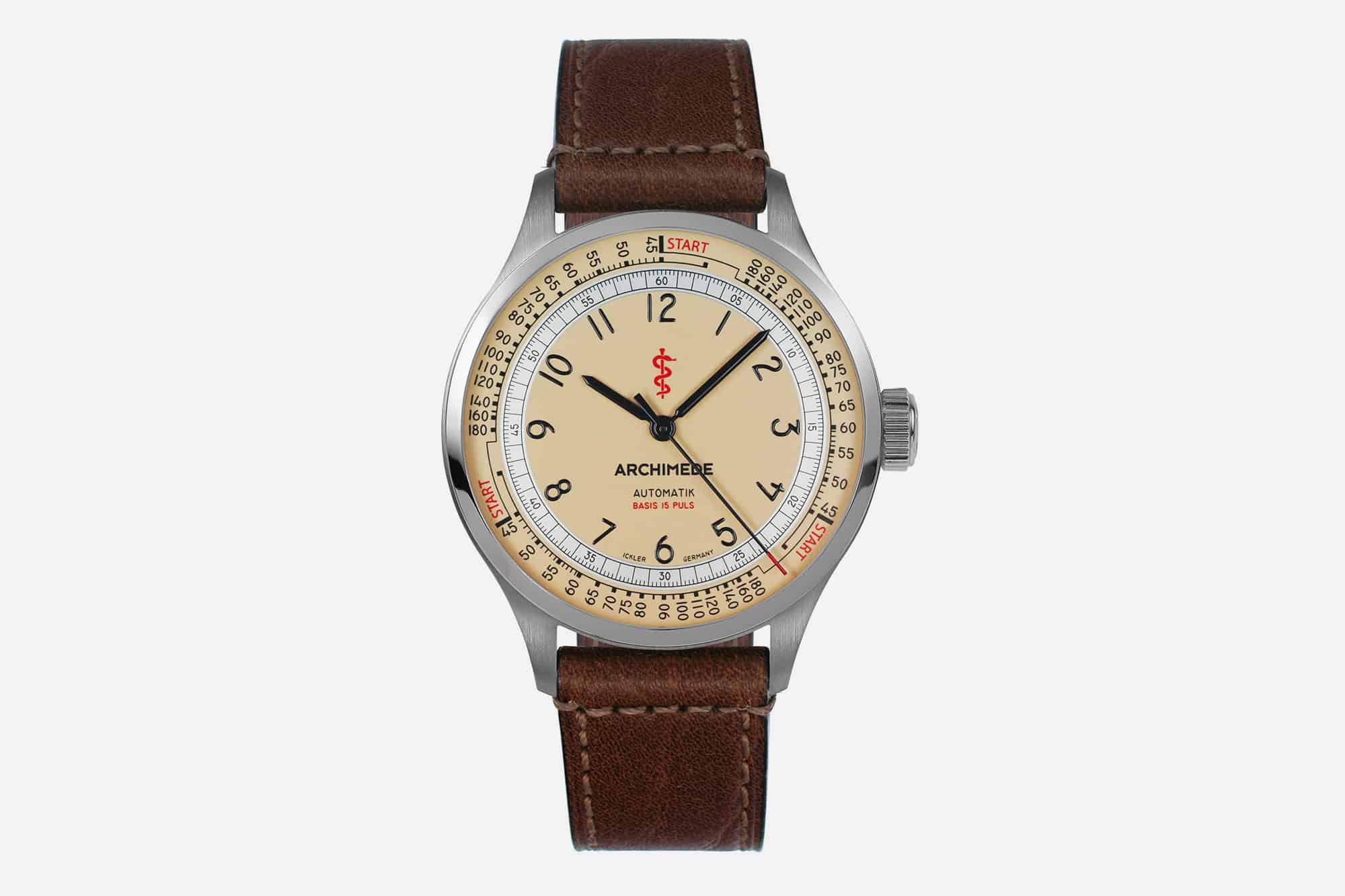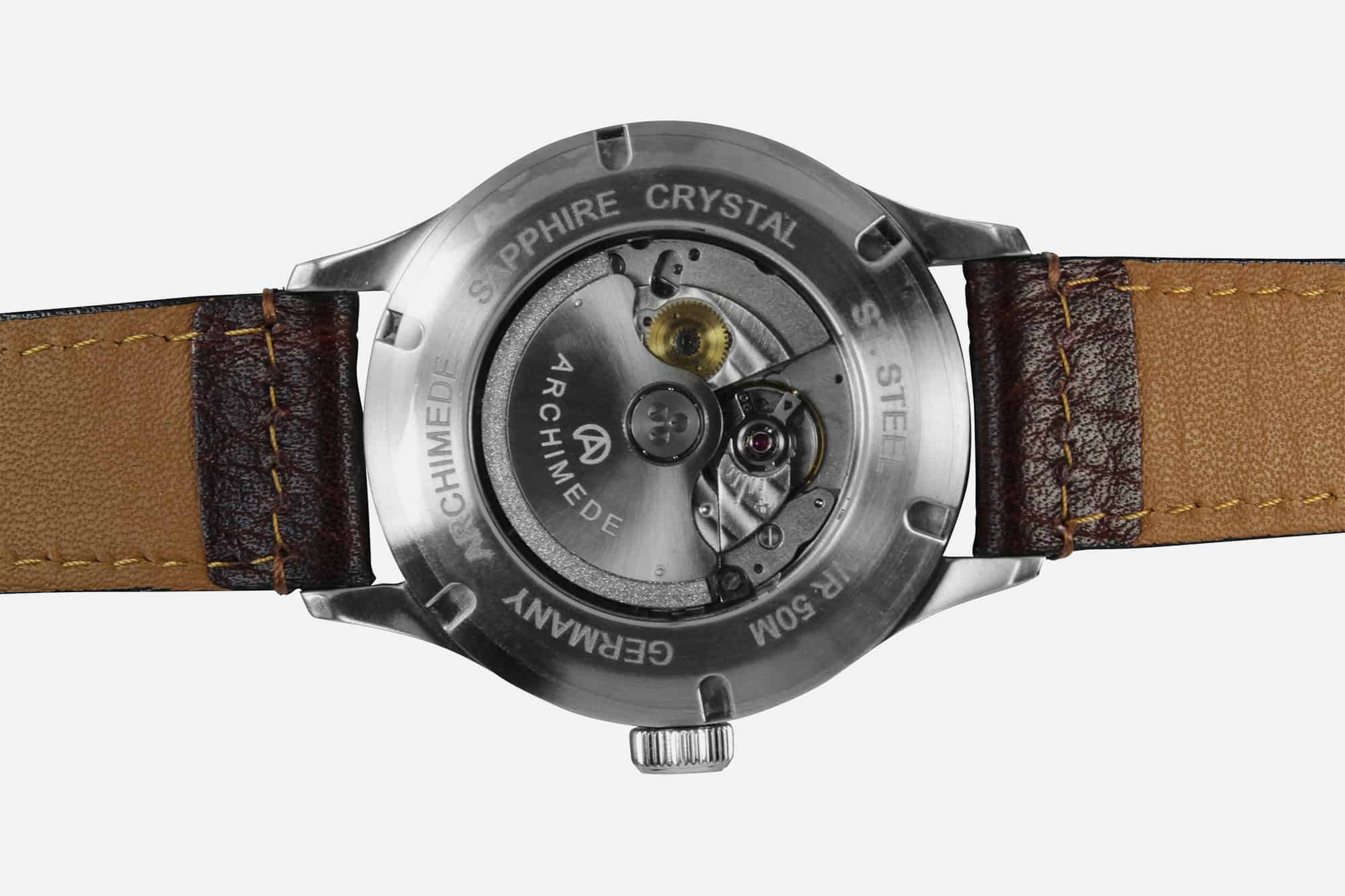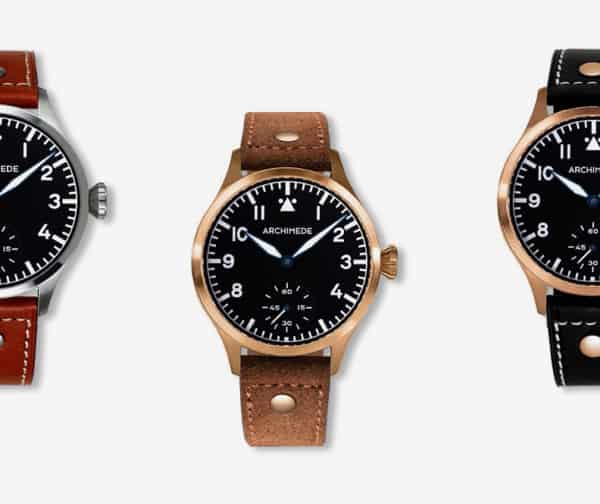I’ve always felt that there’s something charming and almost exotic about a watch with a pulsometer scale. Probably because of my age, and the watches I was exposed to growing up and continue to be now, I’m just far more accustomed to seeing a tachymeter scale on watch dials, particularly on chronographs, where they’re almost ubiquitous and even defining characteristics of certain models. The pulsometer scale is less common, but speaks to the “watch as a tool” ethos as much as a diver or field watch, in my estimation. The functionality and utility here is undeniable – think about how many times per day a doctor or nurse takes someone’s pulse. To be able to visualize that calculation instead of having to do math in your head surely saves significant time for anyone whose job involves taking the pulse of a patient.
Of course, just as divers don’t need a mechanical dive watch, a doctor is perfectly capable of doing some quick arithmetic and looking at a wall clock. But there’s a romance that I think is associated with the idea of something made for such a specific purpose that’s appealing. In our modern society, new technologies are developed to attract the broadest consumer base possible – a doctor’s watch would have been produced just for doctors. Why would you need a watch with a pulsation scale otherwise?









 Featured Videos
Featured Videos










